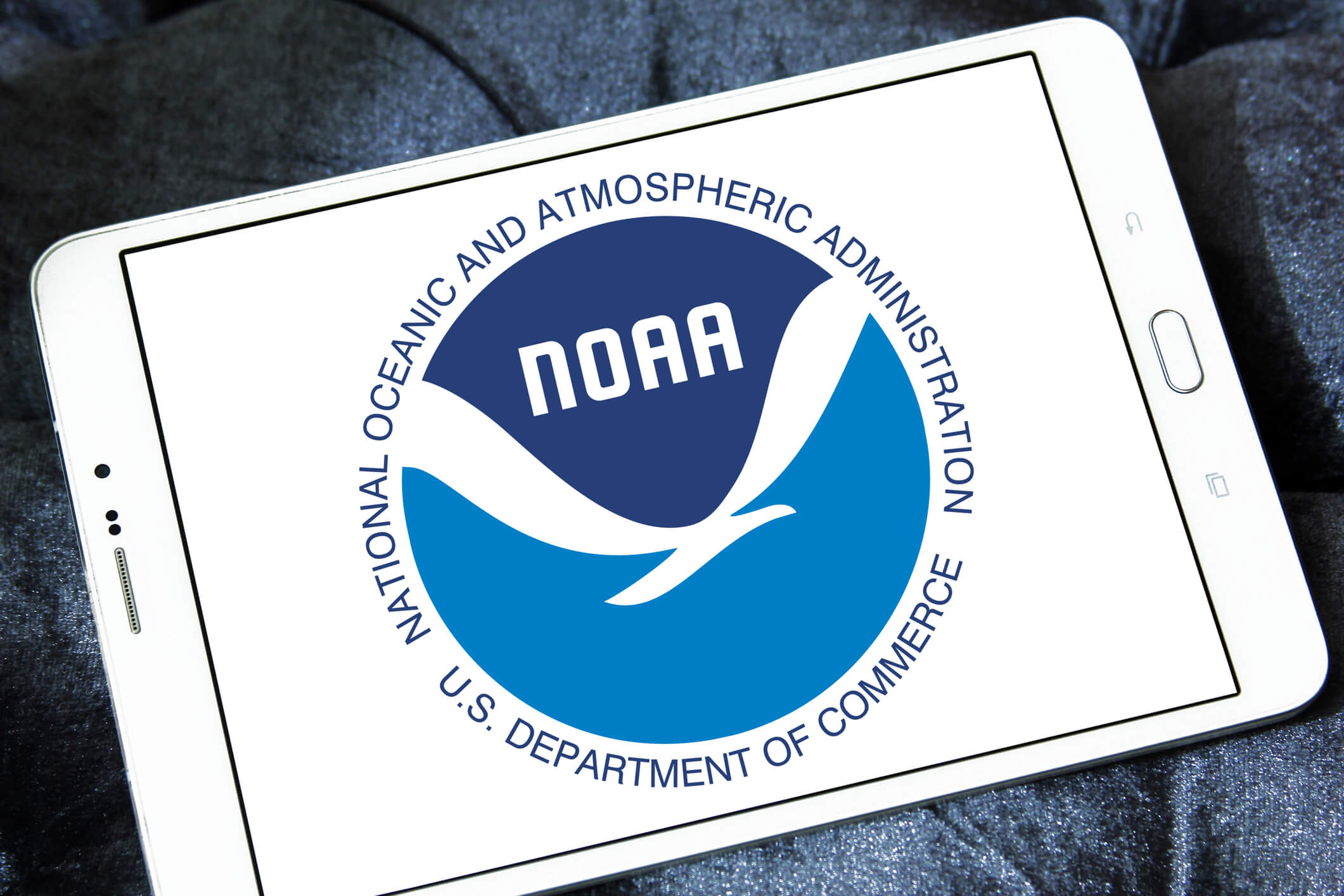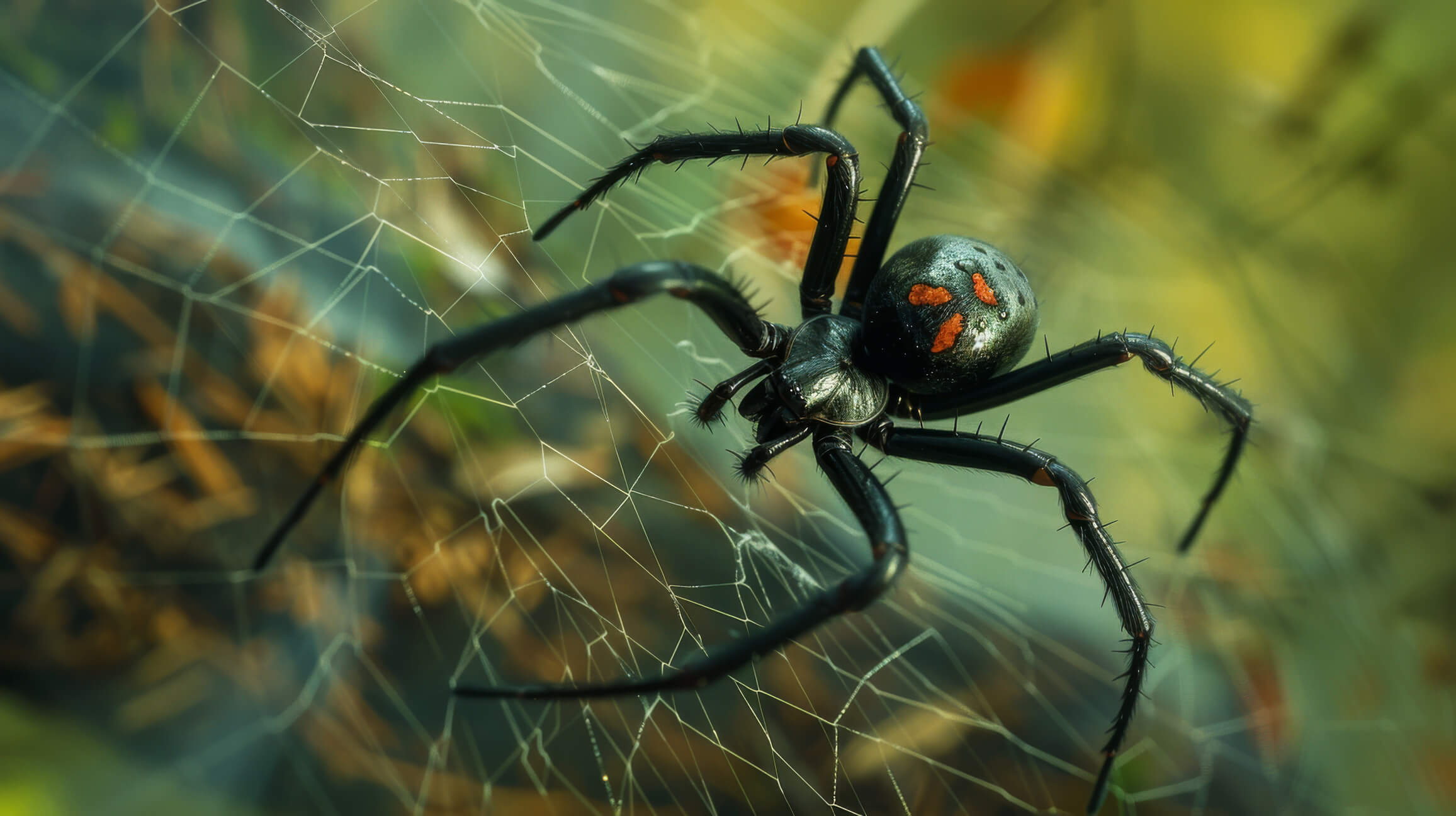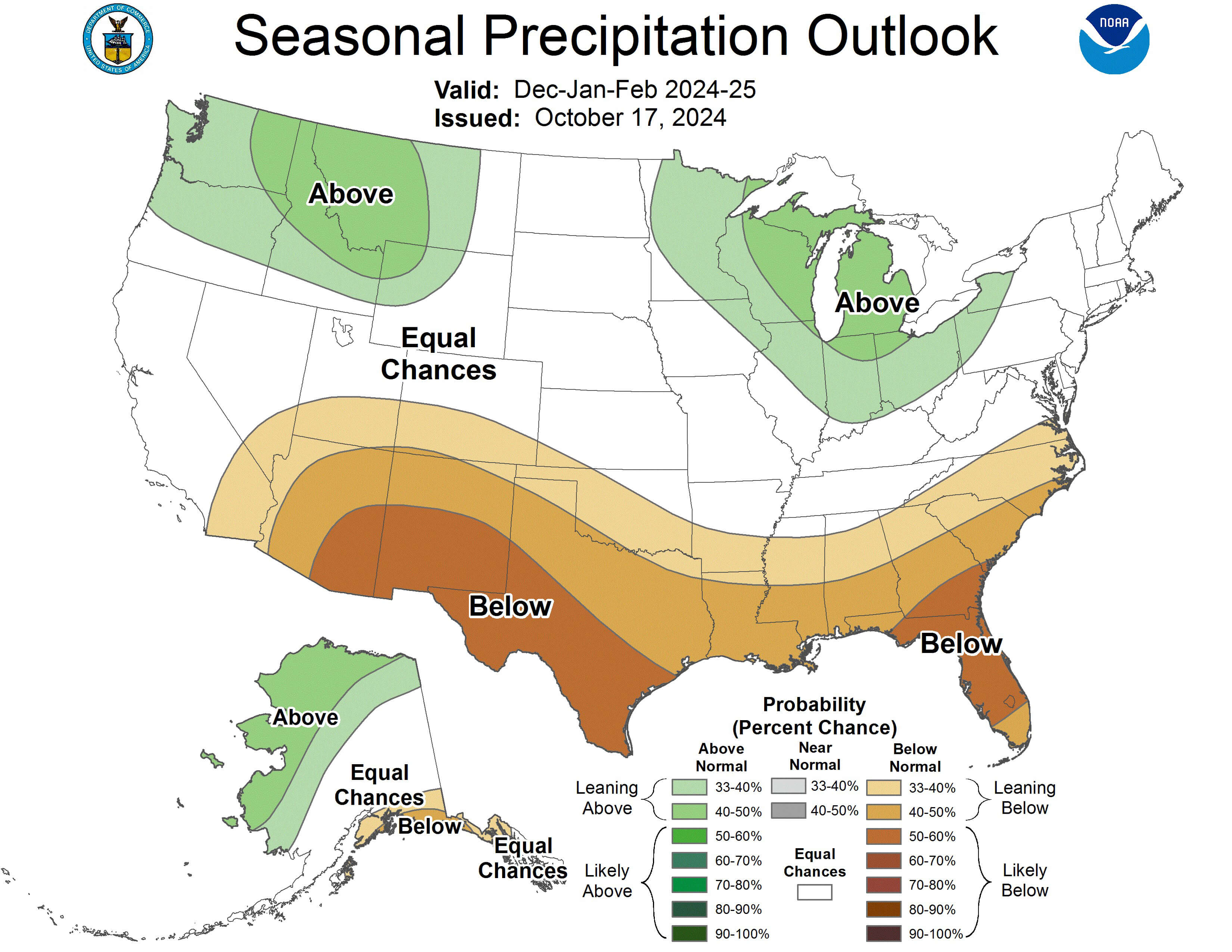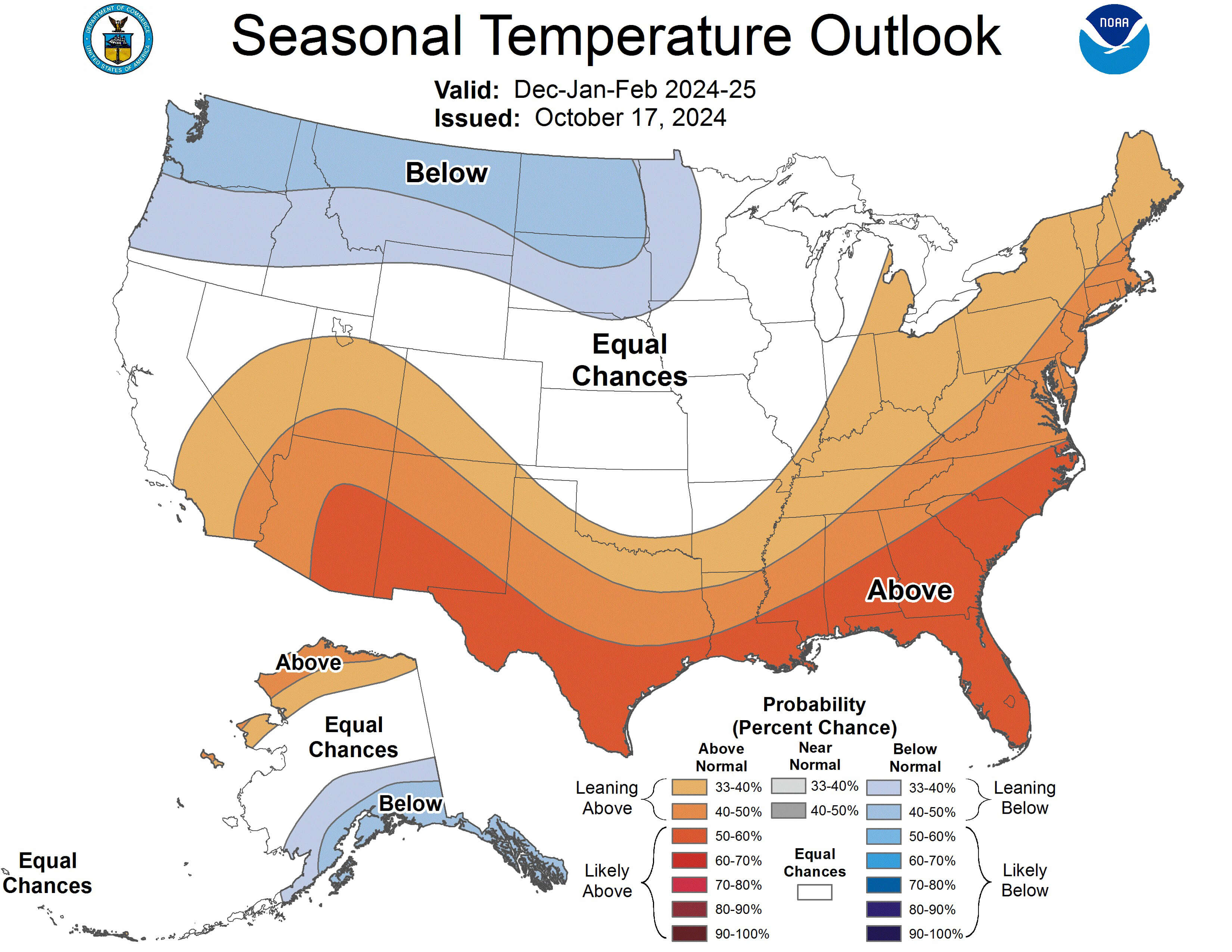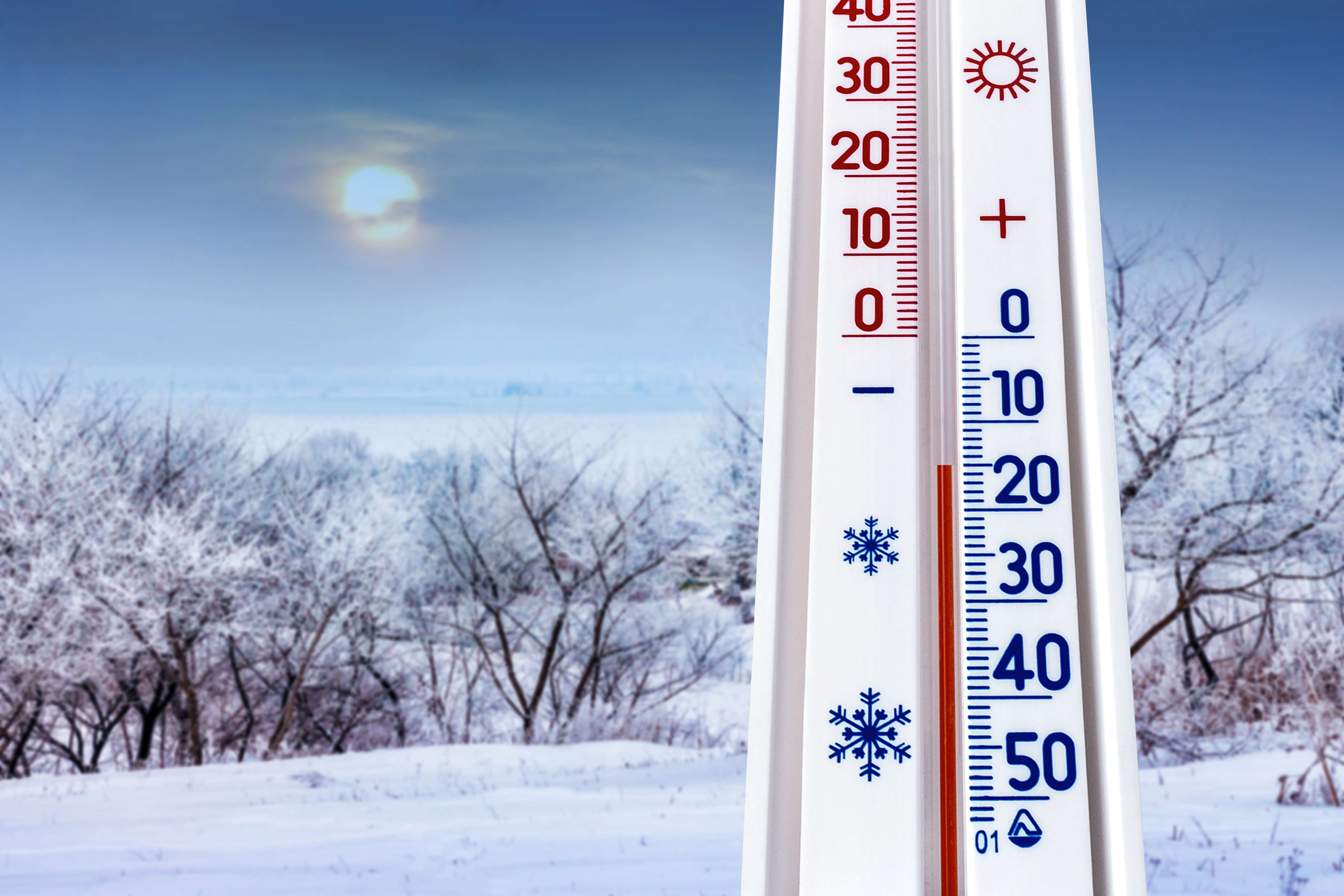We are almost through November and I still have flowers blooming and tomatoes on the vine. It makes me wonder what type of winter, if any, we will have this year. I’ve checked the weather authority’s forecast – the National Oceanic and Atmospheric Association – (better known as NOAA) and learned that the outlook for the Midwest is “equal chances of below-, near-, or above average seasonal mean temperatures and seasonal total precipitation.” According to NOAA, La Nina is the cause of the uncertainty.
Since the local newscasters were following the same sources, my next search for weather reassurance was a local favorite – The Old Farmer’s Almanac. Their prediction, which is typically accurate 80% of the time, called for “an up and down snowfall throughout most of the United States…with plenty of chilly temperatures and snow for most slopes.” In the next sentence however, they stated, “We’re predicting a temperate, uneventful winter…” In other words, your guess is as good as ours!
While I thoroughly trust and respect the scientific community, I have to admit that part of me admires the wisdom of past generations when it comes to predicting the weather. Their ability to tune into and then translate the nuances of nature, amazes me. As Benjamin Franklin once said, “Some of us are weather-wise, and some are otherwise.”
While it’s true that many of the old weather proverbs do not stand up to modern scrutiny, some actually do reflect accepted scientific principles. Besides that though, the old sayings are just much more entertaining than reading the latest statement put out by the National Weather Service. So this week, instead of worrying about what’s ahead, I thought that it would be fun to see if you can spot which weather truisms are accurate predictors and which are old wives tales. Answers are below.
- Finding fat, wooly caterpillars with orange stripes around their middles, means heavy snow and cold temperatures.
TRUE OR FALSE
2. If there is thunder in the winter, it will snow seven days later.
TRUE OR FALSE
3. If squirrels are plump and have bushy tails, winter will be unusually tough.
TRUE OR FALSE
4. Flowers bloomin' in late autumn, a sure sign of a bad winter comin'..
TRUE OR FALSE
5. Spiderwebs in the house mean cold weather ahead.
TRUE OR FALSE
6. Clusters of ladybugs mean a harsh winter is coming soon.
TRUE OR FALSE
7. The more acorns falling from the tree, the harsher the winter will be.
TRUE OR FALSE
8. If wasps (or hornets) nests are high, a severe winter is nigh.
TRUE OR FALSE
9. Clear moon, frost soon.
TRUE OR FALSE
10. As the days lengthen, the cold strengthens.
TRUE OR FALSE
ANSWERS
- False The size of the orange band is simply an indication of how old the caterpillar is and how wet the season has been. Older insects have more black than young ones and a wet fall seems to add more black to their bodies.
- False Thunder does indicate a cold front approaching, but it doesn’t guarantee that snow will fall.
- False Squirrels eat as much food as is available to put on protective winter weight.
- False Unusual weather conditions cause out of season blooming, but no scientific ties to impending harsh weather exist.
- Mostly True Spiders are cold blooded so they begin to look for warm areas to survive. They cannot, however, predict how long the cold snap will last. (Black widow spiders are especially affected by dropping temperatures and immediately seek dark, dry, warm spaces.)
- Mostly True At the first sign of cold temperatures, ladybugs cluster together under leaves or bark to protect themselves from the cold. Like spiders, they do not predict how harsh the winter season will be.
- False Acorn production is determined at the time of pollination and by weather conditions throughout the growing season.
- False There is no scientific proof to this prediction. Most nests are vacated before winter weather arrives so placement doesn’t really make any impact on their lives.
- True When clouds aren’t present to absorb the day’s heat, then temperatures fall quickly. A windless night with low temperatures almost always guarantees morning frost.
- True January tends to have the coldest temperatures of the year, Even though days are longer, the ground receives less solar energy than it gives off. Closeness to large bodies of water, snow cover and prevailing winds also help keep temperatures low.
As I suspected, accurately predicting what the future weather will be is an almost impossible task, no matter what methods you use. Ben Franklin may have thought that some were weather-wise, but I tend to agree with Mark Twain:
Climate is what we expect, weather is what we get.

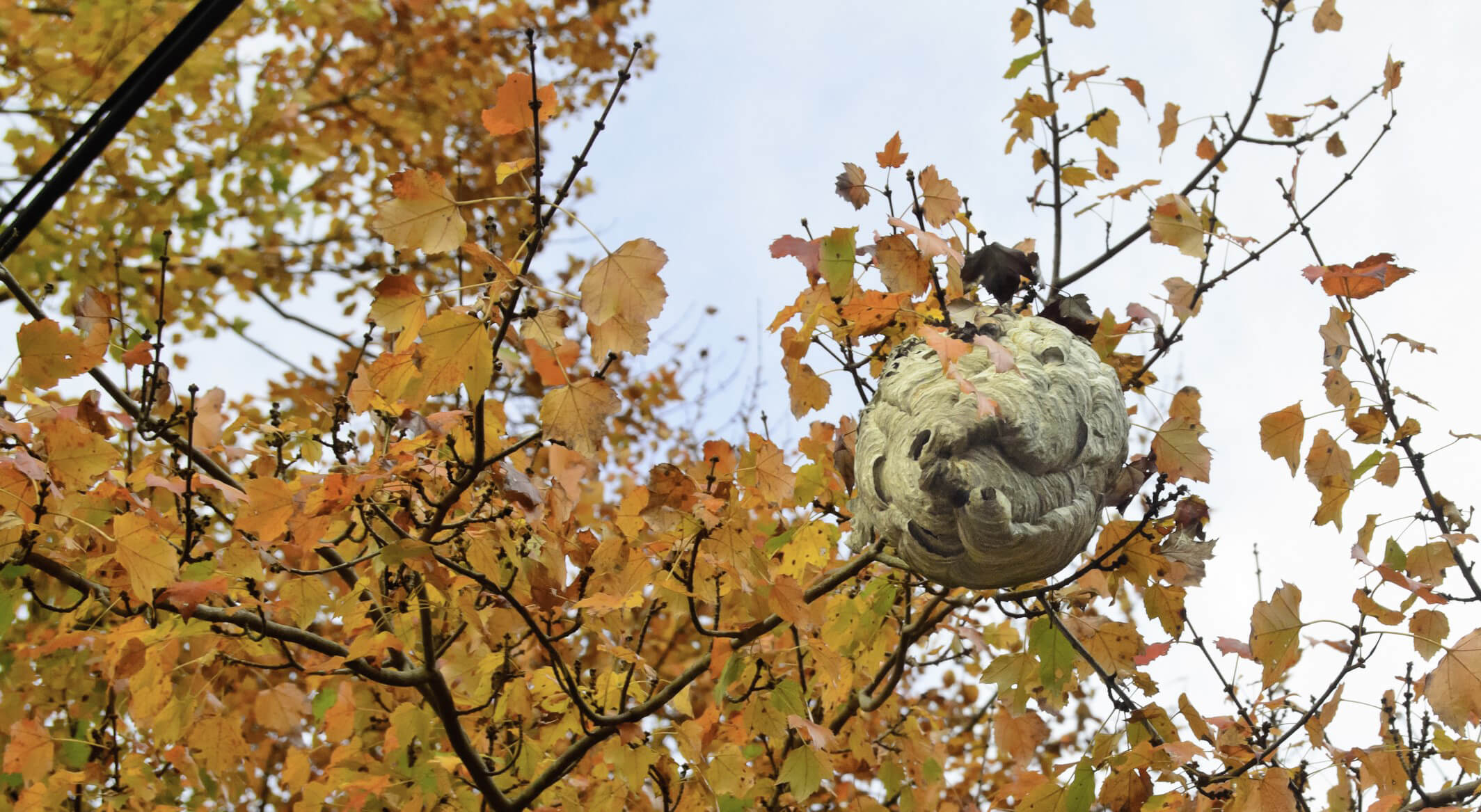


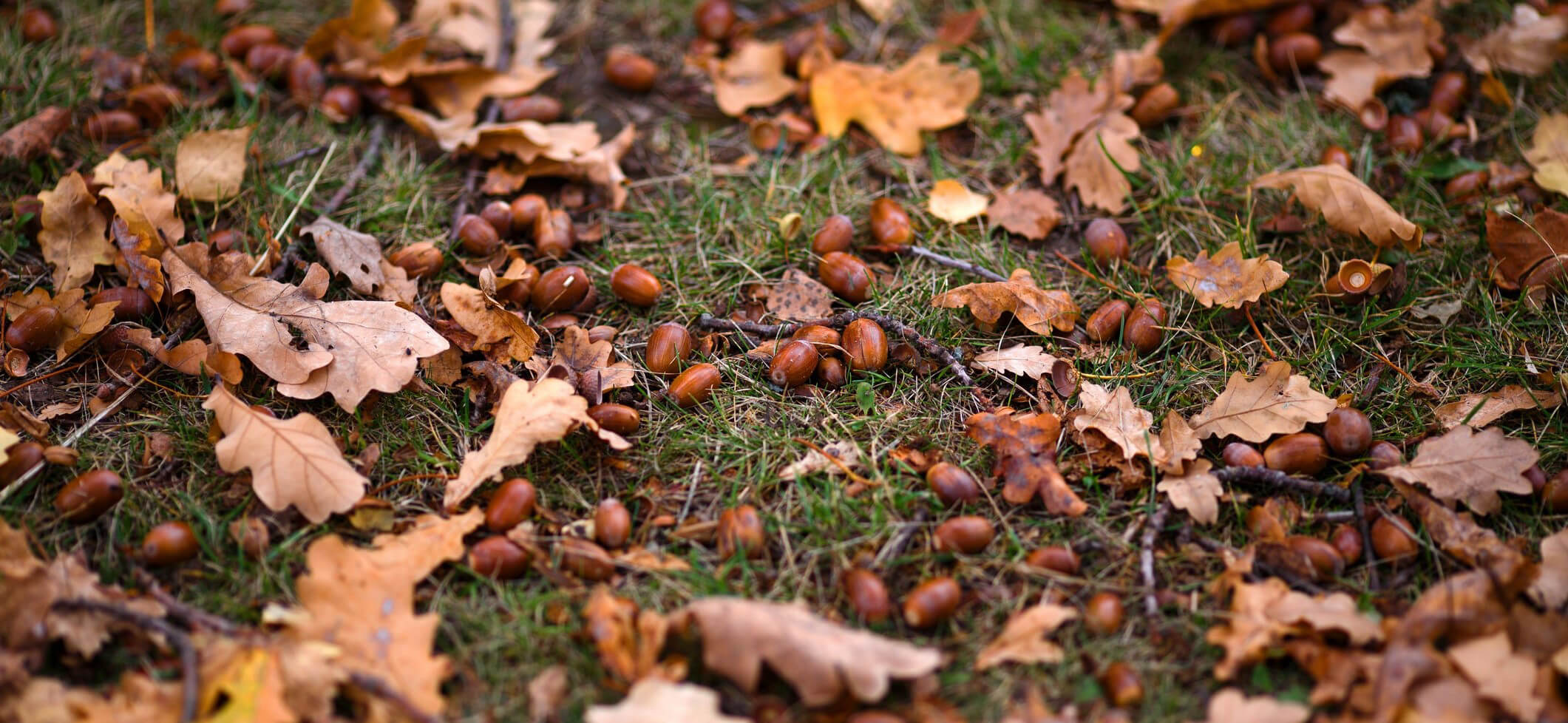
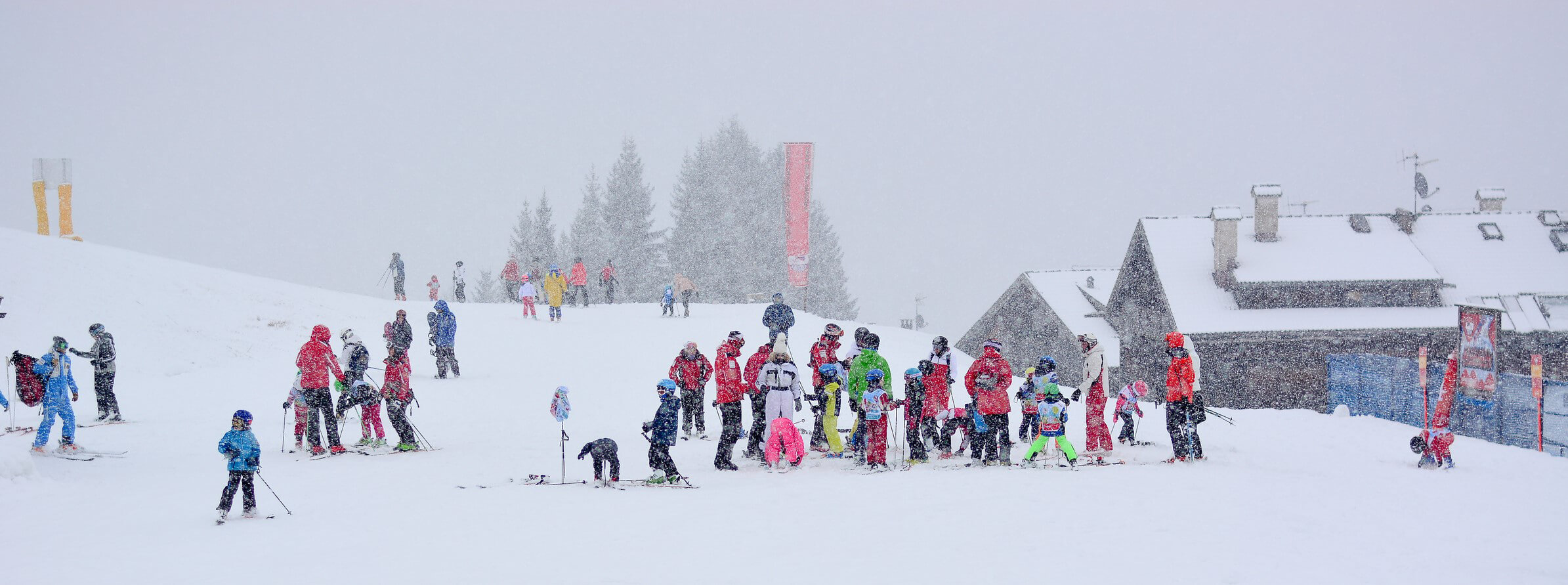
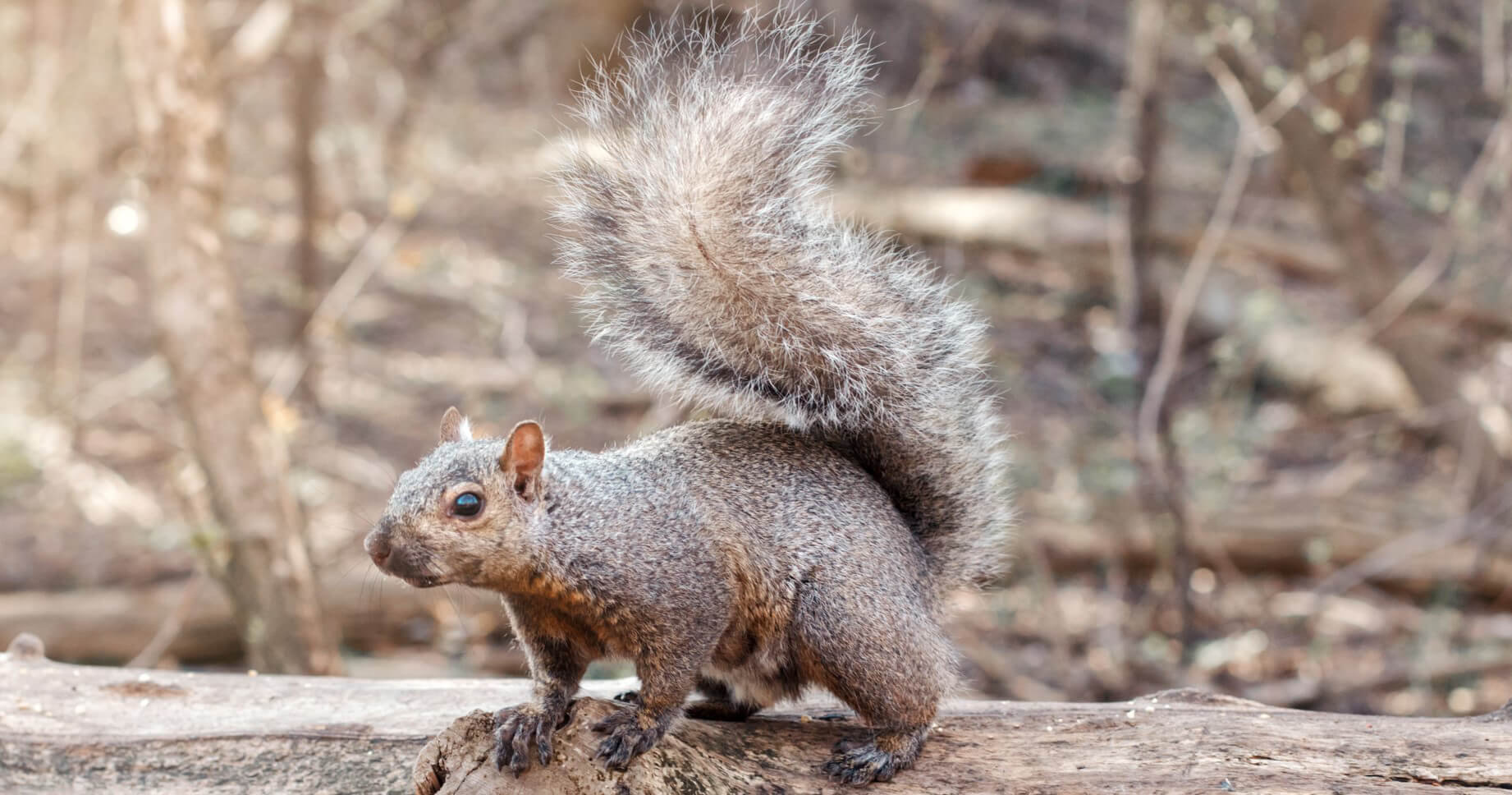
_-_Copy.jpg)
